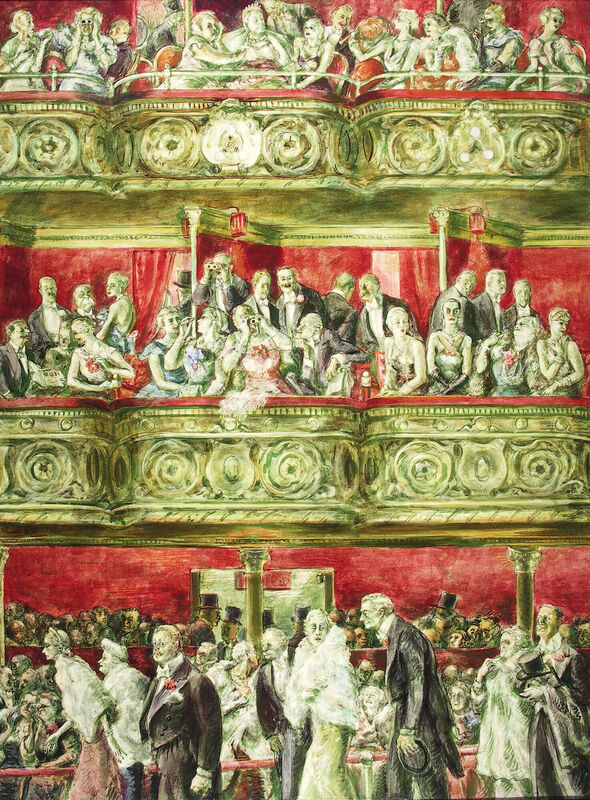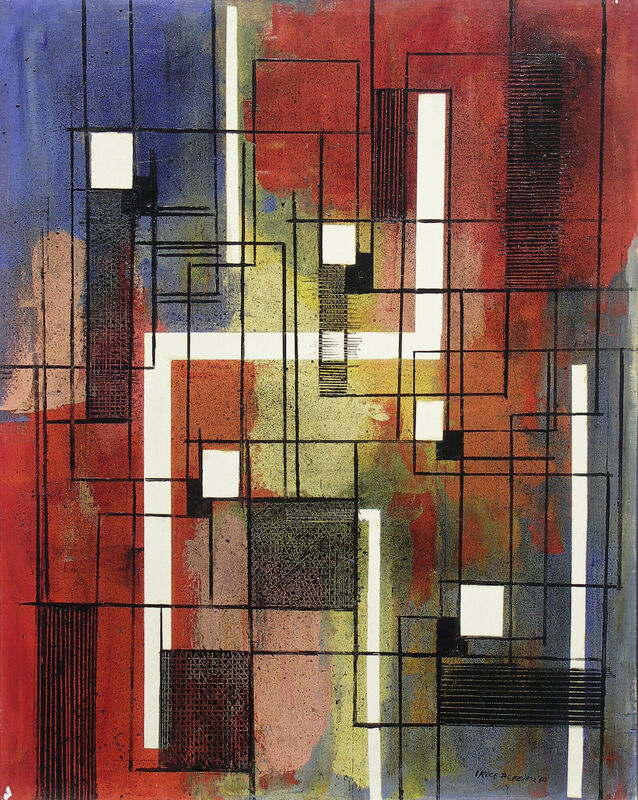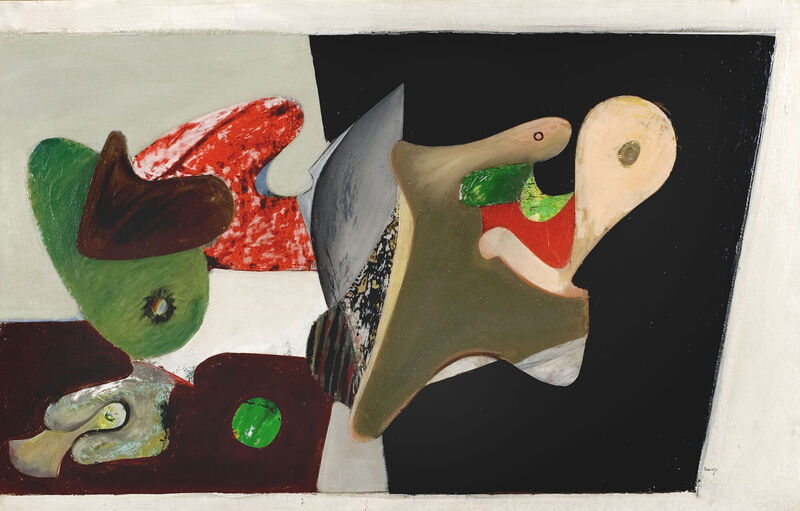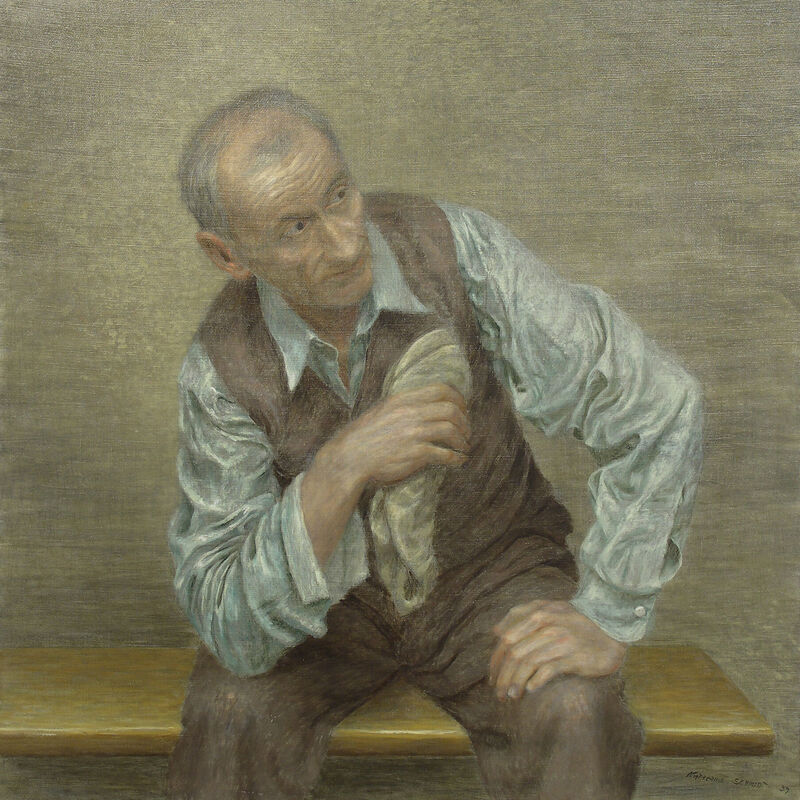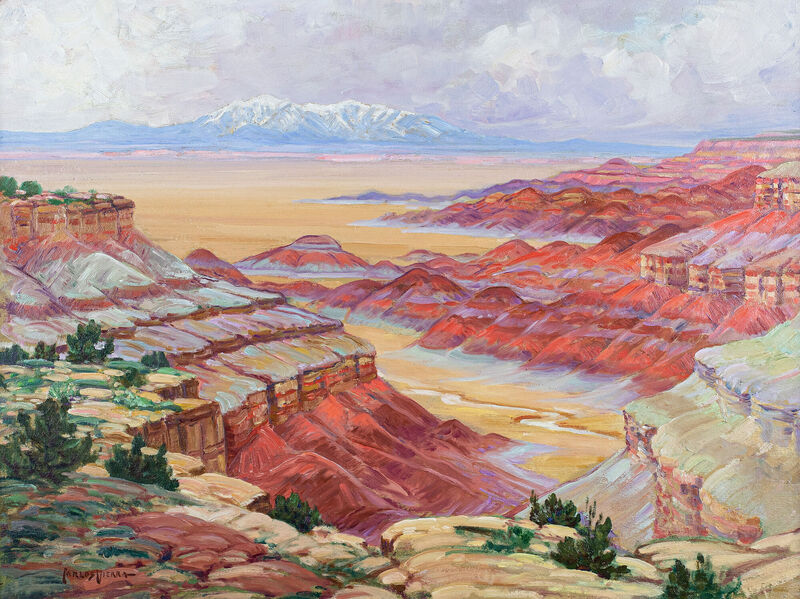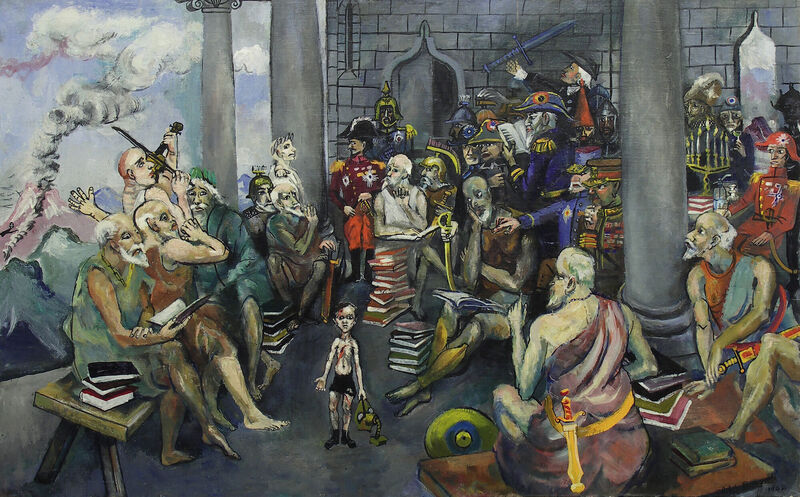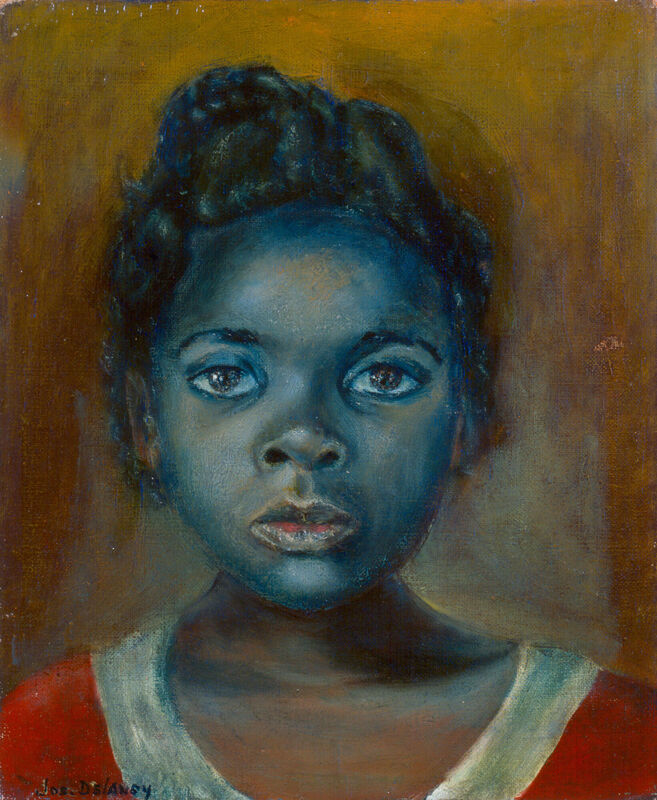With such destabilizing events such as the Great Depression, the Dust Bowl, and World War II, it is no surprise that artists found various forms of visual expression with which to communicate.
This exhibition highlights works from the UAMA’s collection and provides a representative sample of major artistic movements happening from 1925-1945 in the United States. With such destabilizing events such as the Great Depression, the Dust Bowl, and World War II, it is no surprise that artists found various forms of visual expression with which to communicate.
Fed up with being overshadowed by the modernist movements happening in Europe, many artists were compelled to create approachable art that was uniquely “American” and appealed to the average citizen, selecting themes and settings that connected to people’s everyday lives. In some cases, artists such as Reginald Marsh and Philip Evergood used their work as a mechanism to make social and political commentary, speaking out against harsh working conditions, the plight of the poor, and government corruption.
Others fell under the spell of the modernist tendencies happening abroad, taking stylistic inspiration from European movements such as Cubism and Surrealism and incorporating it into their work. The universal language of geometric abstraction and biomorphic forms proved especially useful for artists, like Irene Rice Pereira, who explored their own spirituality and universal connections to nature.
Together these artworks demonstrate the variety of art produced at this unique time in American history. We encourage you to question the very idea of American art as a homogeneous concept and an artistic style that truly represents the experiences of everyone living in the United States. In fact, some would argue that trying to define a singular American art creates xenophobic, racist, and exclusionary outcomes disguised under a patriotic veil. As much as you should contemplate the people and experiences represented in this exhibition, we also invite you to consider those that are absent.



